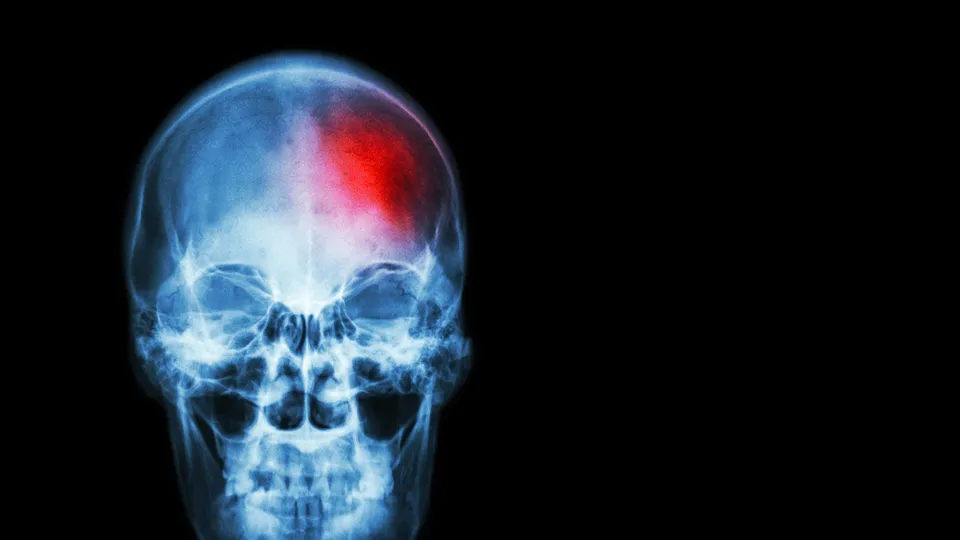Different Types of Injuries
- February 10, 2021 @ 2:32 pm
- Written by adminjbwp
- Categories: Motor Vehicle Accidents | Personal Injury

Types of Injuries
Under the law, a personal injury is any harm that you as an individual sustain, including physical injuries, financial costs, and emotional trauma. Injuries can also be personal losses, such as losing the care and companionship of a loved one.
As you work to resolve your motorcycle accident claim, you may hear insurance adjusters; lawyers and doctors talk about different degrees of injuries. You may hear injuries described as minor, moderate, severe, or catastrophic. Minor or moderate injuries can be injuries such as sprains, strains, fractures, bruising or superficial cuts. These may be painful, but they usually heal well and quickly, with minimal medical treatment.
You may hear insurance adjusters refer to “soft tissue injuries.” Soft tissue injuries are injuries to the non-bony parts of the body, such as internal organs, nerves, muscles and connective tissues. Sprains, whiplash and pulled muscles are all types of soft tissue injuries. Even if you have a bruise over the affected area, you and your doctor may not realize you have a soft tissue injury under the bruise, because it can be hidden from sight and hard to detect with tests. Soft tissue injuries may heal quickly, but they can also take a long time to heal. Some can even result in chronic pain and disability, which can be permanent if not treated properly. Typically, it is harder to recover substantial compensation in these cases than in cases involving serious or catastrophic injuries.
A catastrophic injury is a serious injury that is expected to permanently change the victim’s life. Examples of this type of injury include burns, amputations, spinal cord injuries, paralysis, and head injuries (also called traumatic brain injuries). These types of injuries result in the most significant settlements and verdicts because the injuries can be proven objectively and are more obvious to the insurance company or the jurors.
Although catastrophic injuries are immediately obvious in most cases, sometimes the full extent of the injury is not immediately revealed. This is especially true when the victim suffered a traumatic brain injury, which may also be called a closed head injury. In some cases, the brain may be affected in ways so subtle that only people close to the victim notice changes in abilities, behavior, or personality. A closed head injury can be caused by physical trauma (a hard blow or penetrating wound) or violent shaking of the head. It often results from actual jostling of the brain. Such trauma can damage the tissues of the brain, which in turn affects the abilities controlled by the damaged tissue.
A concussion is the mildest form of brain injury, but more serious brain injuries leave their victims permanently disabled. Naturally, brain injuries affect many aspects of the injured person’s life, including physical movement, the senses, intellectual ability, creativity and even personality. Sometimes, what appears to be a minor concussion or brief loss of consciousness following a car accident can result in a serious closed head injury, with symptoms such as chronic headaches, memory loss, and loss of concentration or changes in a person’s personality or behavior.
Permanent Disability
Unfortunately, some people’s injuries lead to permanent disabilities, either partial or total. A permanent disability is any loss of ability that will affect the rest of the victim’s life, and at least partially impair his or her ability to work or perform other day-to-day activities.
A permanent disability is often a major, life-changing event for victims and their families. In addition to the disability itself, disabled accident victims also face a higher risk of medical complications than uninjured people and often suffer profound emotional injuries because of their disabilities. People with permanent disabilities may require significant medical help, such as home health care nurses, extensive inpatient medical care and rehabilitation, or the need for long-term accommodation in an assisted living facility. Someone who has suffered a permanent disability is much more likely to recover a large judgment than someone who has fully recovered.
Medical Records Can Be Essential
One example of a case in which understanding the injuries was crucial was the case of a 50-year-old construction worker, who suffered back injuries after being struck by a dropped piece of drywall. The worker had been employed in the construction industry for 30 years at the time of his accident and had back pain on and off throughout his working life, just because of the nature of his job. Thankfully, he was always able to recover from whatever was causing his back pain and return to work without restrictions.
In this case, the drywall was dropped by an employee from another company. That company contended that the injured worker’s back problems were preexisting, so they were not responsible for the injury. However, after a thorough investigation, the injured worker’s lawyer was able to prove that the back injuries were new, and truly were caused by the falling drywall. The lawyer used medical evidence such as a detailed comparison of imaging studies taken before and after the accident, consultation with medical experts and further medical testing, to prove when the injuries occurred. This proof made the difference in the case, allowing the injured worker to recover financial compensation for his medical care, his pain, and other damages.
